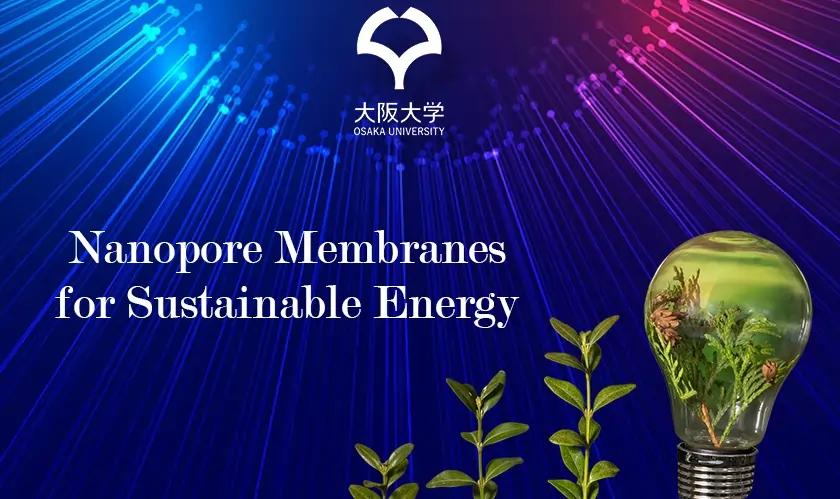Home Industry Nanotechnology Researchers at Osaka Universit...
Nanotechnology

CIO Bulletin
31 May, 2024
Advanced Nanopore Membranes Show Promise for Sustainable Energy Future
Researchers from Osaka University have made significant strides in blue energy technology by demonstrating enhanced control of ion transport through nanopore membranes. This innovation could pave the way for sustainable alternatives to fossil fuels.
In a recent study published in ACS Nano, the team explored the impact of voltage on ion passage through nanopore membranes. By tailoring the flow of ions in salt solutions from high to low concentrations, they showcased how this control could facilitate large-scale applications of the technology.
Traditionally, nanopore membranes generate current by attracting ions with opposite charges from a salt solution. However, producing consistent pore structures in various materials to compare their performance has proven challenging. To overcome this, the researchers investigated using voltage to influence ion flow.
"Instead of relying solely on the membrane's surface charge, we explored the effects of applying voltages," explained lead author Makusu Tsutsui. "We embedded a gate electrode across the membrane to control the field, similar to how semiconductor transistors function."
The study revealed that without voltage, the negatively charged membrane surface prevented cations—positively charged ions—from generating a charge. Applying different voltages allowed selective cation flow, significantly enhancing osmotic energy efficiency by six times.
The findings suggest that scaling nanopore membranes for everyday use could bring blue energy into the mainstream, contributing to a more sustainable energy future.







